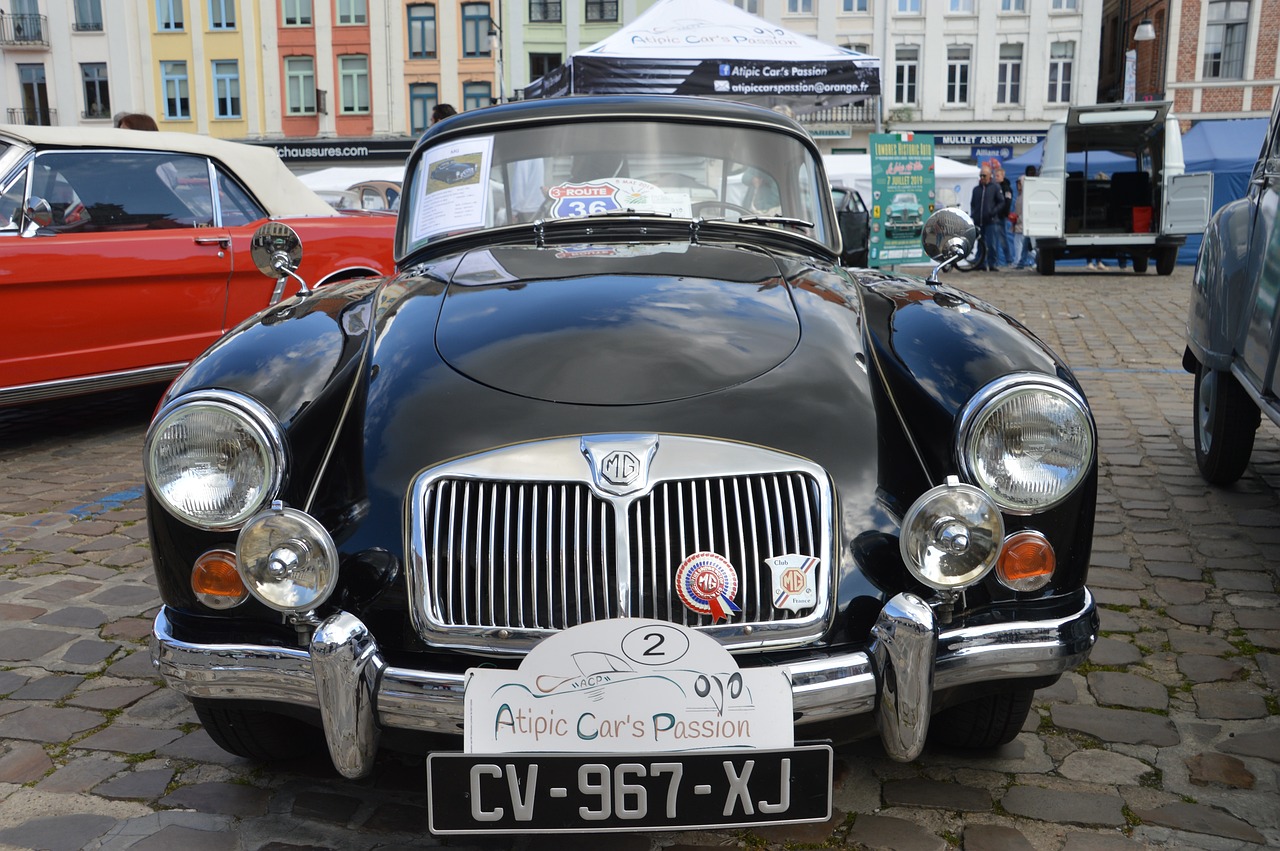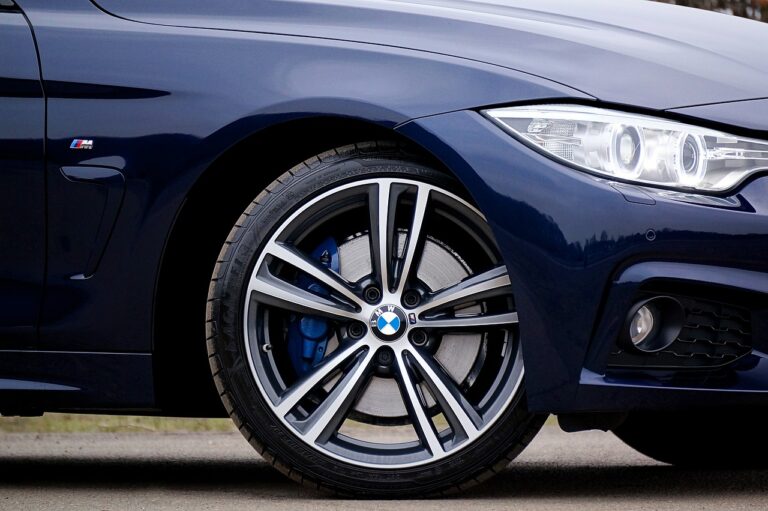The Evolution of Car Interior Design: From Functional to Experience-Centric
In the early days of car manufacturing, car interiors were far from the comfortable and luxurious spaces we see today. These interiors were simplistic in design, focusing more on functionality rather than aesthetics. Basic materials such as leather, cloth, and wood were commonly used, reflecting a utilitarian approach to interior design.
Seating in cars during this period was often limited and uncomfortable, with little consideration given to ergonomic design. Dashboards were minimalistic, featuring only essential gauges and controls. Overall, the emphasis was on practicality and durability rather than style or comfort.
The Influence of Technology on Interior Design
Technology has undeniably revolutionized the way car interiors are designed. Gone are the days of basic dials and knobs; modern vehicles now boast sleek touchscreens, advanced infotainment systems, and voice recognition capabilities. These technological advancements not only enhance the driving experience but also elevate the overall aesthetics of the interior space.
One of the key impacts of technology on interior design is the focus on connectivity and integration. From smartphone integration to in-car Wi-Fi, vehicles today are equipped with features that seamlessly merge technology with functionality. This integration extends beyond entertainment to include safety systems, navigation tools, and even personalized settings that cater to the individual preferences of drivers and passengers.
The Shift Towards Comfort and Luxury
In the modern automotive landscape, a significant shift can be observed in the prioritization of comfort and luxury within car interiors. Manufacturers have increasingly focused on providing an elevated driving experience by incorporating plush materials, advanced technology, and ergonomic design elements into their vehicles. This evolution signifies a departure from the utilitarian interiors of the past, with a renewed emphasis on enhancing the overall ambience and providing a sense of opulence for occupants.
The emphasis on comfort and luxury is not merely a superficial trend but a response to changing consumer preferences and expectations. Car buyers are now seeking vehicles that not only offer reliable performance but also ensure a high level of comfort and convenience during their daily commute or long journeys. As a result, automakers have responded by integrating features such as premium upholstery, personalized climate control, ambient lighting, and cutting-edge infotainment systems to create a more inviting and sophisticated interior environment.





